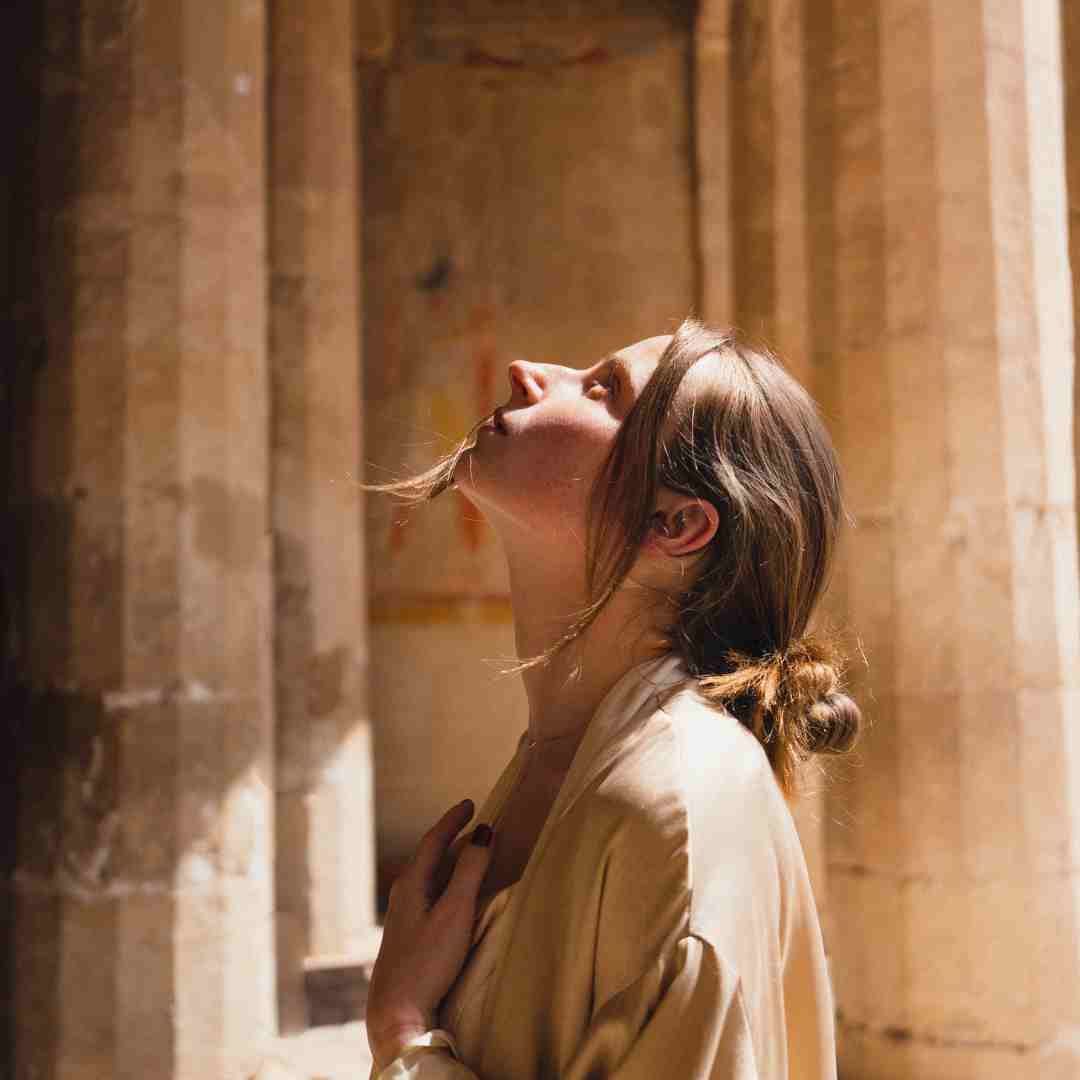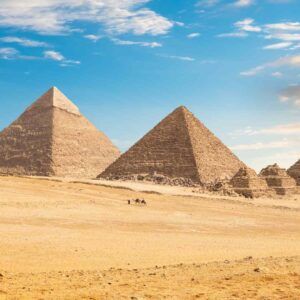The stretch of land between Luxor and Aswan along the Nile River is often referred to as an open-air museum. It is home to some of the most remarkable temples of ancient Egypt. These architectural masterpieces not only reflect the ingenuity of the pharaohs but also reveal fascinating insights into the religious and cultural practices of the time.
From the grand temples of Edfu and Kom Ombo to the awe-inspiring beauty of Philae Temple, each site offers a unique experience. The journey between Luxor and Aswan is more than just a travel route; it’s a passage through history, showcasing the grandeur of a civilization that continues to captivate the world.
Exploring the Temples of Edfu: A Must-See Stop Between Luxor and Aswan
The Temple of Horus at Edfu, located between Luxor and Aswan, is one of the most well-preserved temples in Egypt. Dedicated to Horus, the falcon-headed god, this Ptolemaic temple is a prime example of ancient Egyptian architecture and religious practices.
The temple’s towering pylons and intricately carved reliefs depict scenes of Horus’s triumph over Seth, symbolizing the eternal struggle between good and evil. Walking through the Hypostyle Hall and into the inner sanctuary, visitors can feel the spiritual significance of the site.
Edfu is easily accessible for travelers on Nile cruises or road trips between Luxor and Aswan. It serves as a fascinating stop, offering insights into how the Ptolemaic dynasty blended traditional Egyptian beliefs with their own cultural influences.
Kom Ombo Temple: A Unique Dual Dedication Along the Nile Journey
The Kom Ombo Temple, situated along the Nile between Luxor and Aswan, stands out for its rare dual dedication to two gods: Sobek, the crocodile god, and Horus the Elder, the falcon-headed god. This unusual feature makes it one of the most distinctive temples in Egypt.
The temple’s symmetrical design reflects its dual purpose, with separate courts, halls, and sanctuaries for each deity. Visitors can explore well-preserved carvings that depict medical instruments, showcasing the advanced knowledge of ancient Egyptian medicine.
The nearby Crocodile Museum adds another layer to the experience, displaying mummified crocodiles and artifacts related to the worship of Sobek. Kom Ombo’s location on the riverbank makes it a popular stop for Nile cruises traveling between Luxor and Aswan.

The Legacy of Philae Temple: A Gem Near Aswan
The Temple of Philae, located near Aswan, is a jewel of ancient Egyptian and Greco-Roman architecture. Dedicated to the goddess Isis, this temple was a center of worship and pilgrimage during its time.
Philae’s beauty is enhanced by its location on Agilkia Island, surrounded by the tranquil waters of the Nile. The temple was relocated from its original site to prevent submersion due to the construction of the Aswan High Dam, a UNESCO-led effort that preserved this priceless monument.
Visitors to Philae Temple are enchanted by its detailed carvings, majestic columns, and the stories of Isis and Osiris depicted on its walls. Evening visits often include a sound and light show, adding a magical touch to the experience.
Karnak Temple’s Influence on Temples Between Luxor and Aswan
The Karnak Temple Complex in Luxor is one of the largest and most significant religious sites in the world. Its influence extended far beyond the city, shaping the architectural and cultural elements of temples built along the Nile, including those between Luxor and Aswan.
As the religious heart of ancient Egypt, Karnak set a precedent for monumental construction and detailed carvings. Many temples, including Edfu and Kom Ombo, incorporated similar design elements, such as towering pylons, hypostyle halls, and intricate reliefs that narrate mythological tales.
The temple’s dedication to the Theban triad—Amun, Mut, and Khonsu—also resonated in the religious themes of other temples along the Nile. Understanding Karnak’s role helps visitors appreciate the continuity and diversity of Egypt’s religious architecture.
Tips for Exploring the Iconic Temples Between Luxor and Aswan
Visiting the temples between Luxor and Aswan requires careful planning to make the most of the experience. Here are some tips:
- Choose a Nile Cruise with Luxor Egypt Tours: which provides convenient access to temples like Edfu, Kom Ombo, and Philae. These cruises often include guided tours, adding depth to your understanding of each site.
- Hire Knowledgeable Guides from Luxor Egypt Tours: A professional guide can enhance your visit by sharing historical insights and pointing out hidden details within the temples.
- Time Your Visits: Early morning or late afternoon visits are ideal for avoiding crowds and enjoying cooler temperatures.
- Wear Comfortable Clothing: Lightweight, breathable clothing and sturdy footwear are essential for exploring these ancient sites.
- Bring Essentials: Sunscreen, a hat, and plenty of water are must-haves to stay comfortable under the Egyptian sun.
With these tips, your journey through the temples between Luxor and Aswan will be both enriching and memorable.
Conclusion
The temples between Luxor and Aswan offer a fascinating glimpse into ancient Egypt’s architectural brilliance and religious devotion. From the grandeur of Edfu and Kom Ombo to the serene beauty of Philae, each site tells a unique story.
Whether you’re sailing the Nile or exploring by road, these temples are must-visit landmarks that bring Egypt’s history to life. Plan your journey today and experience the timeless wonders that make Luxor and Aswan some of the most extraordinary destinations in the world.


